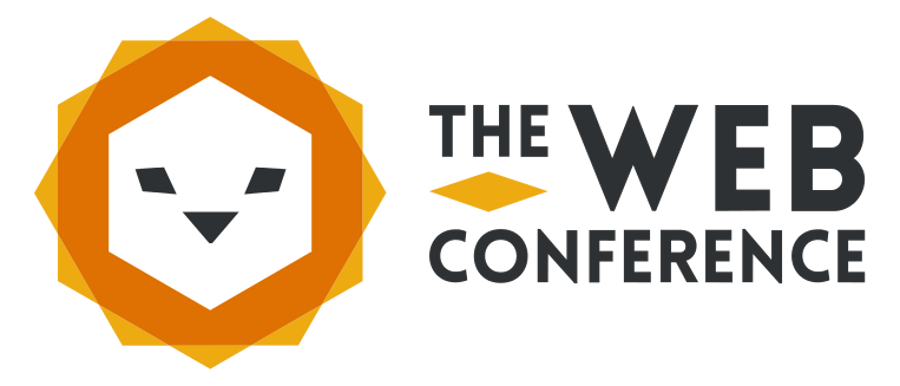
A journey from the Physical Web to the Physical Semantic Web
Michele Ruta,
Floriano Scioscia,
Giuseppe Loseto,
Filippo Gramegna,
Saverio Ieva,
Agnese Pinto,
Eugenio Di Sciascio
Information Systems Research Group @Polytechnic University of Bari
Demo @TheWebConf2018
Lyon, France, 23-27 April 2018
What is the Physical Web?
Introduction to the Physical Web by @scottjenson (Google Developers Youtube channel)
Physical Web Basics
“The Physical Web is an open approach to enable quick and seamless interactions with physical objects and locations.”
Proposed by Google Inc. in October 2014


http://google.github.io/physical-web/How does the Physical Web work?
- Any object or place can broadcast content
- Any object can be embedded with a Bluetooth Low Energy (BLE) beacon
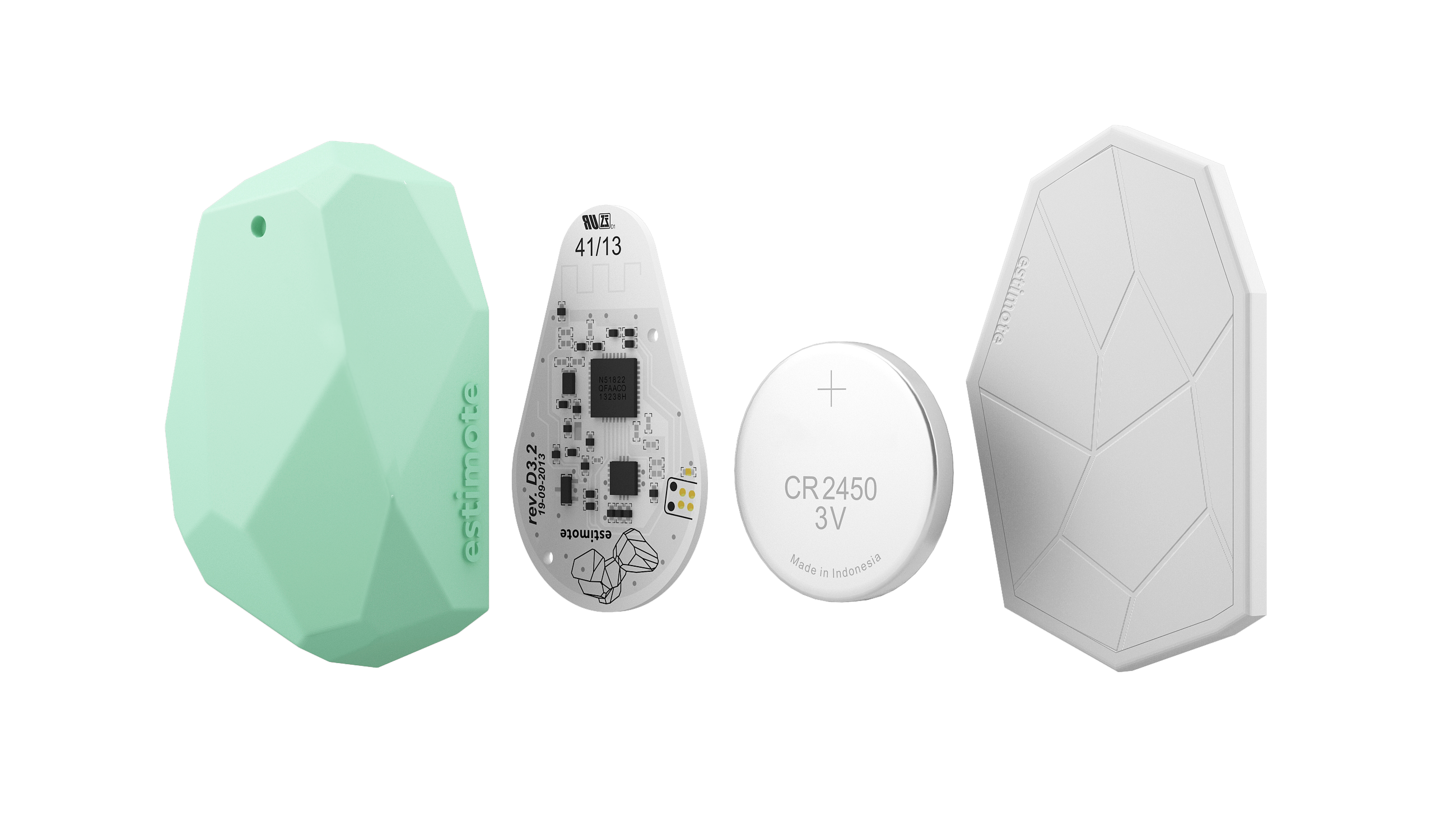
What is a BLE Beacon?
A low powered, battery efficient device that broadcasts content over bluetooth
Beacons supporting the Eddystone protocol specification can broadcast URLs

Everything is a tap away
- Walk up and interact with any object without installing an app first
- Services on your device scan for and display exposed URLs
- See web pages associated with the space around you
- Interactive experiences when the broadcasted page is a web application
The Physical Web is good...
...but presents some limitations
| Connection | Internet required |
| Eddystone messages | only URL frames |
| Shared data | simple URL pointing to web page |
| Beacon ranking | simplistic distance criteria |
| M2M scenarios | not enabled, user-centric interactions |
| Previous user actions | partially taken into account |
Proposed solution
Physical Semantic Web
The Physical Web + Semantic Web (of Things)
What is the Physical Semantic Web?
“Enhancement of the Physical Web framework exploiting Semantic Web technologies.” [Ruta et al., ACM-SAC, 2017]
- human-to-machine and machine-to-machine interactions
- semantic-enhanced resource discovery according to user's profile and preferences
- unobtrusive and context-dependent suggestion
- based on the Semantic Web of Things (SWoT) vision
What is the SWoT?
“Emerging vision in ICT, integrating the Internet of Things and Semantic Web approaches.” [Ruta et al., IEEE-ICSC, 2012]

Improvements
| Physical Web | Physical Semantic Web | |
|---|---|---|
| Connection | Internet required | point-to-point and infrastructure-less |
| Eddystone messages | only URL frames | URL and UID frames |
| Shared data | simple URL pointing to web page | annotated web pages or semantic-based resource descriptions |
| Beacon ranking | simplistic distance criteria | logic-based rank based on semantic matchmaking |
| M2M scenarios | not enabled, user-centric interactions | automatic interactions between objects |
| Previous user actions | partially taken into account | user preferences (history, favorites and spam beacons) |
Find My Wine!
Simple scenario about wine discovery
The proposed demo shows the evolution from the Physical Web to the Physical Semantic Web in a 4-step experience
Demo @TheWebConf2018
Reference scenario
- each wine bottle in the winery is equipped with a BLE beacon
- both PW and PSW beacons are advertised in the winery
- PSW-URL beacons expose an URL used to download an OWL description from the web
- for PSW-UID beacons, resource descriptions are retrieved through a local and peer-to-peer connection
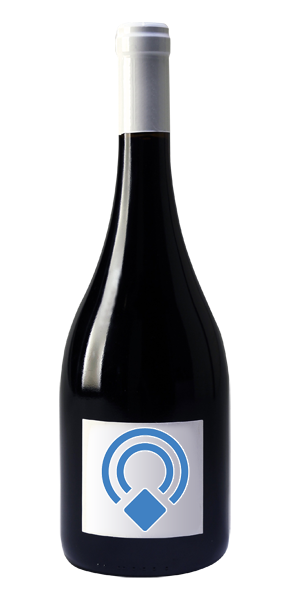


Hardware (1/4)
BLE BEEKs Lite Beacons
for standard Physical Web advertising
Hardware (2/4)
Intel Edison board with Arduino TinkerKit Shield
for PSW-URL beacon advertising
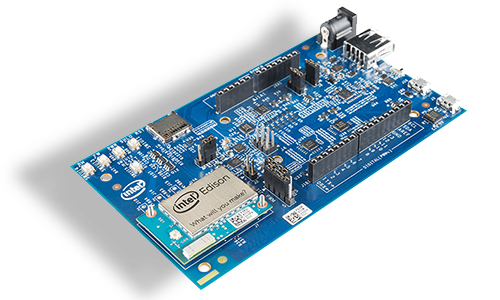
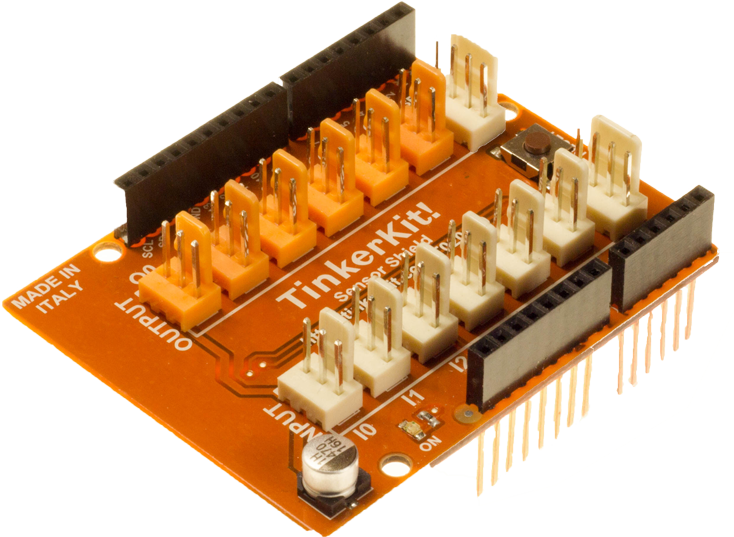
Hardware (3/4)
Raspberry Pi 3 with RainbowHat board
for PSW-UID beacon advertising
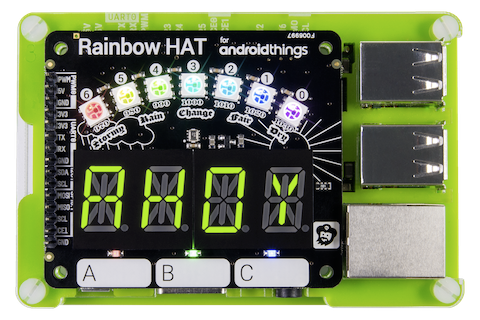
Hardware (4/4)
Android-based mobile devices for beacon discovery

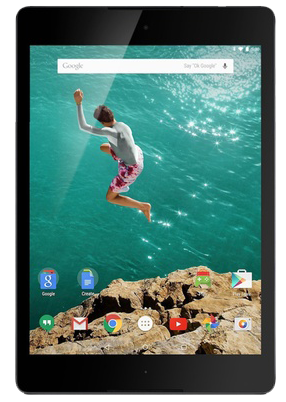
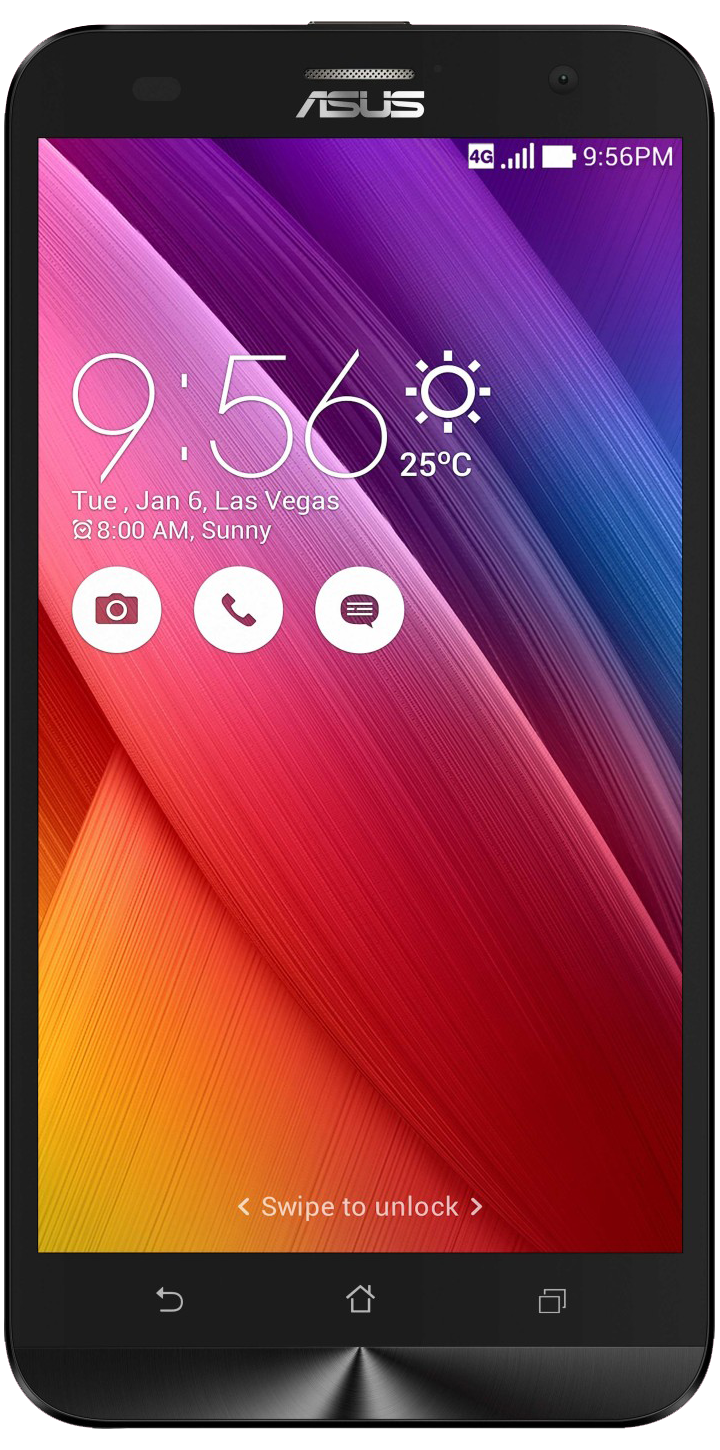
Stage 1. Physical Web
A customer is looking for a wine. He starts the Find My Wine! Android application to find the exposed beacons (only ordered by physical distance from the user)
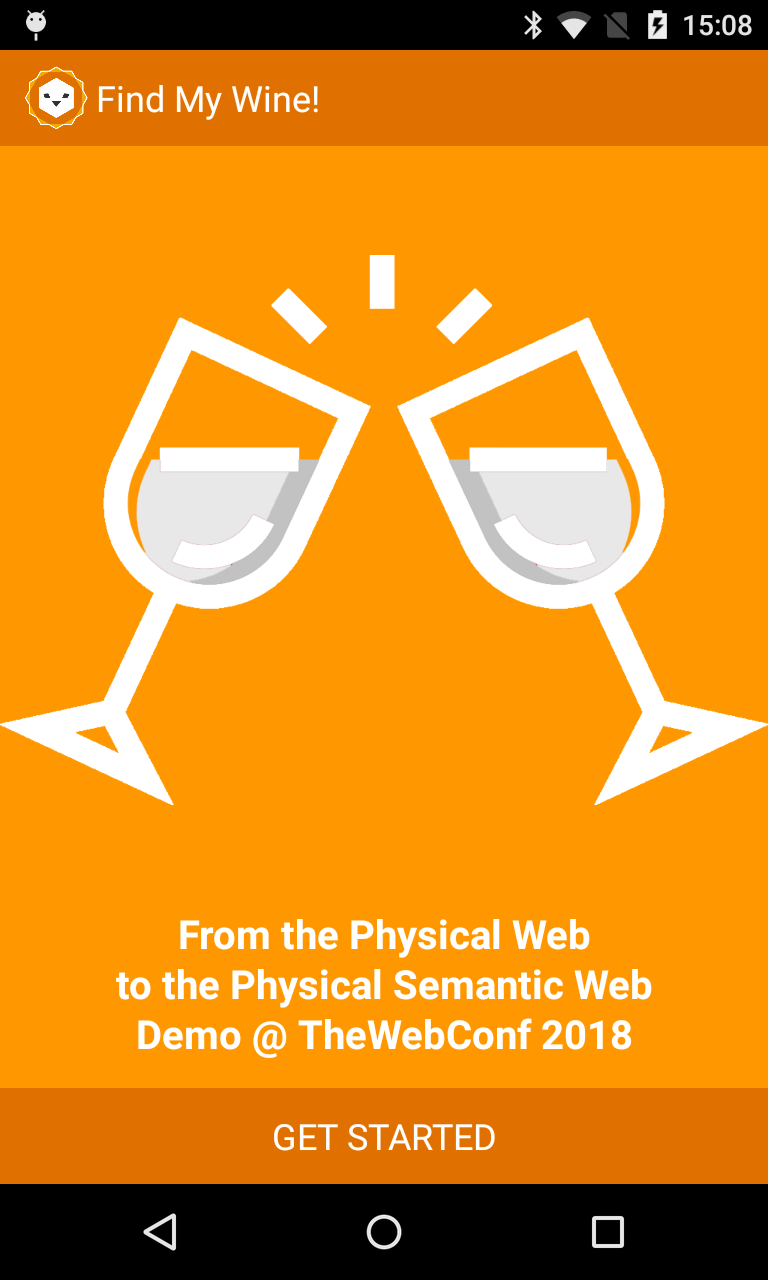
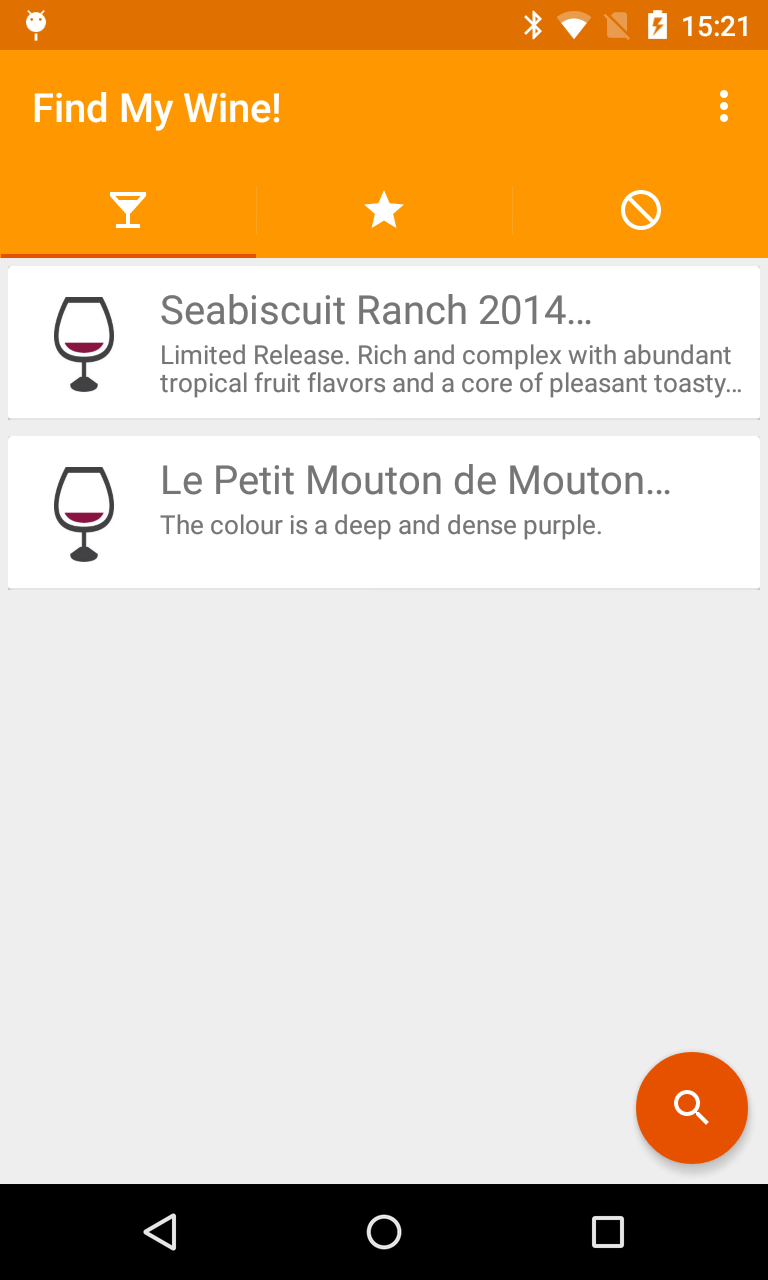
Stage 1. Physical Web
Two PW beacons are visible in the winery exposing an URL to the specific wine Web pages
The app can retrieve some basic metadata or open the advertised Web page
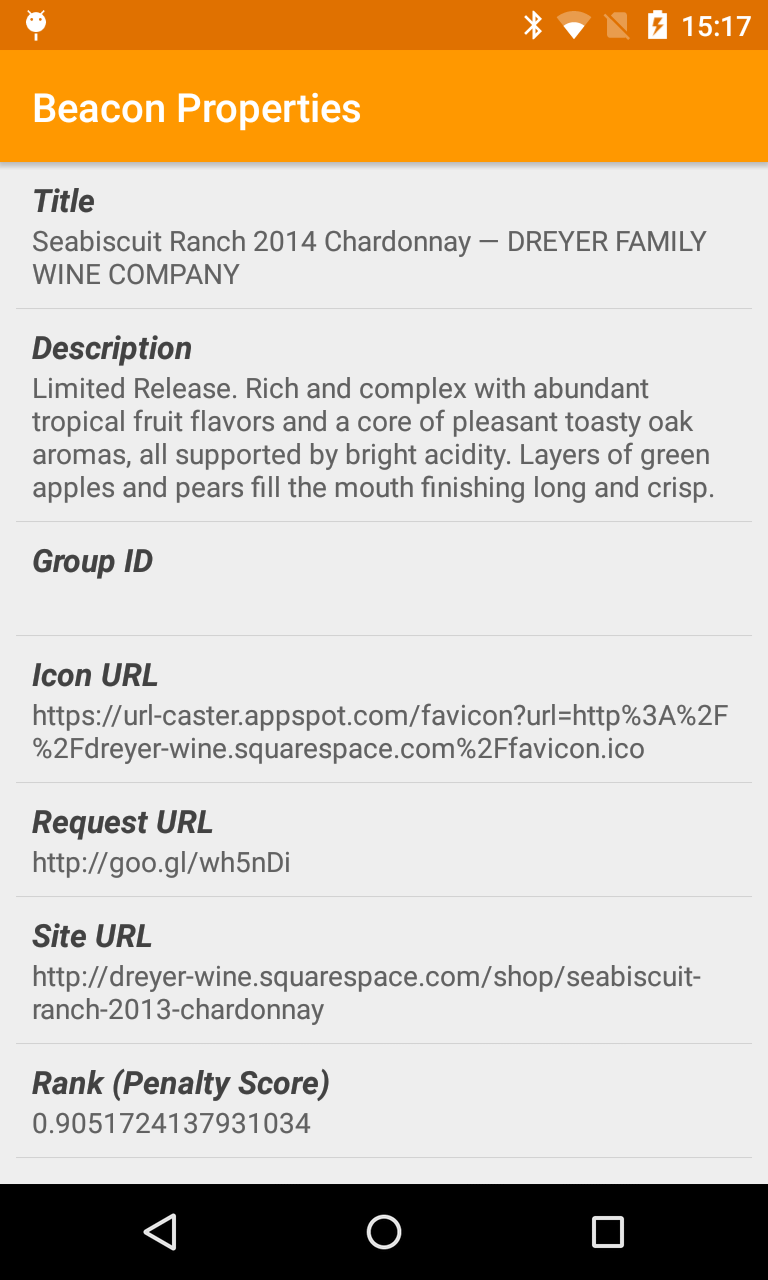
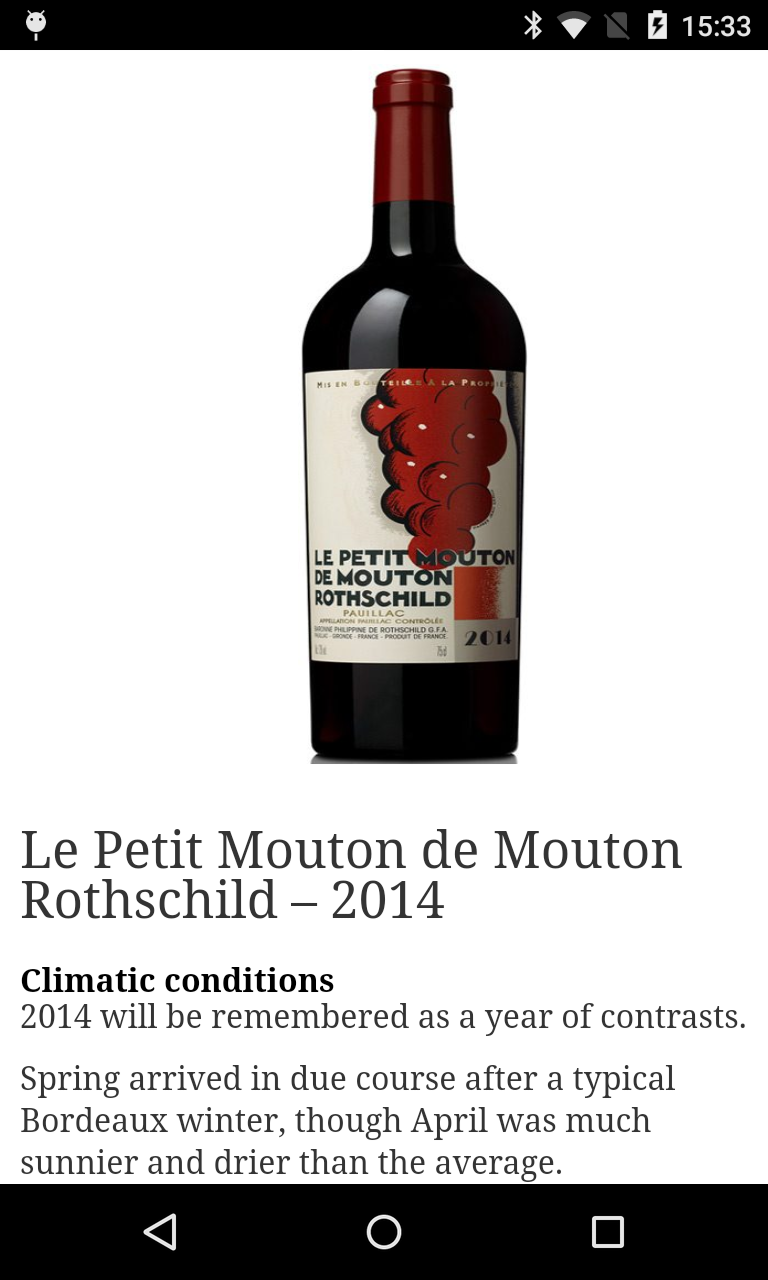
Stage 2. Physical Semantic Web
The user enables the PSW option from the settings screen for a more accurate wine discovery
Exploiting a graphical editor, a detailed request can be composed
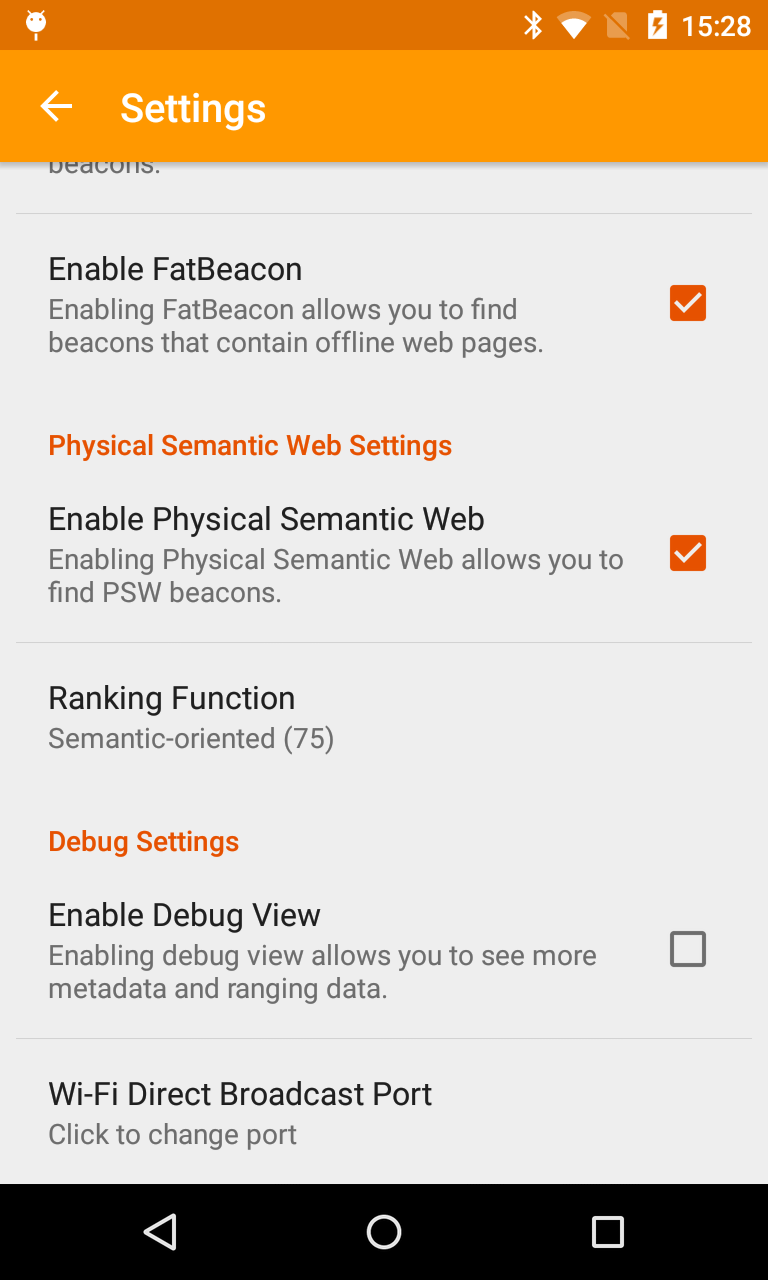
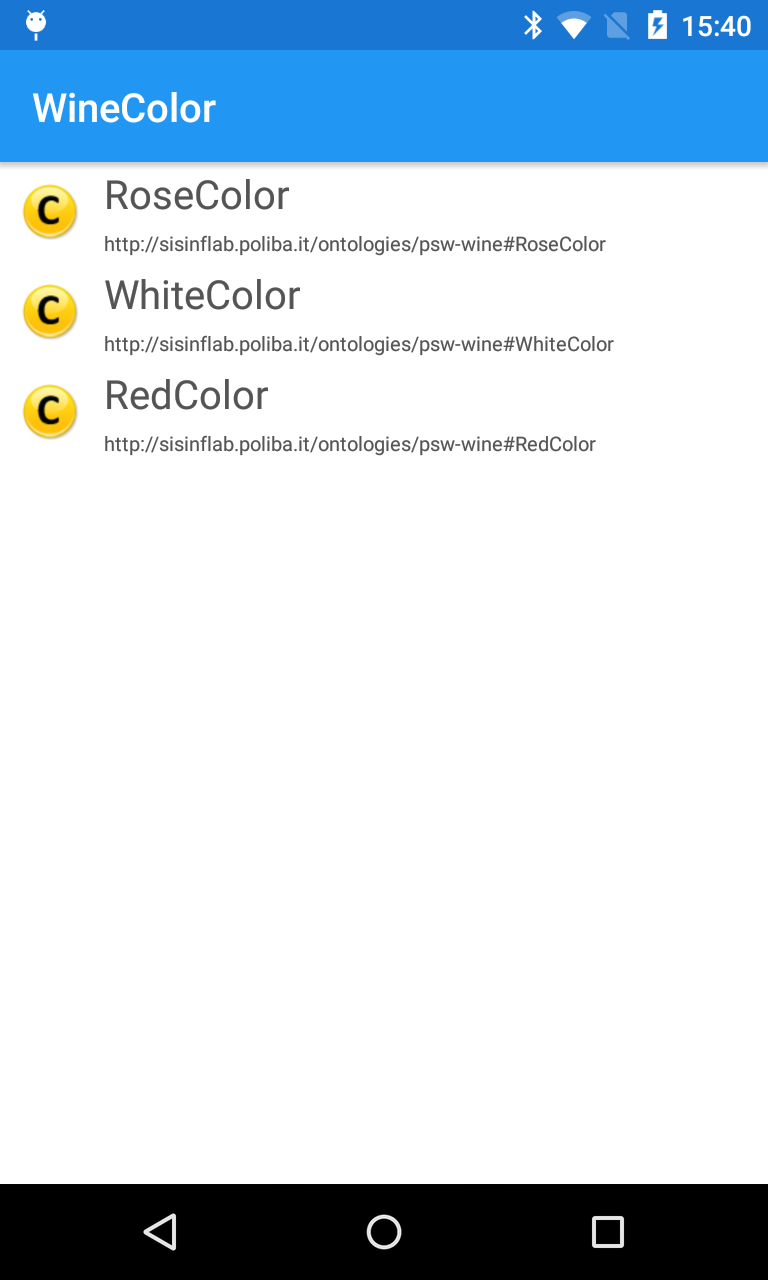
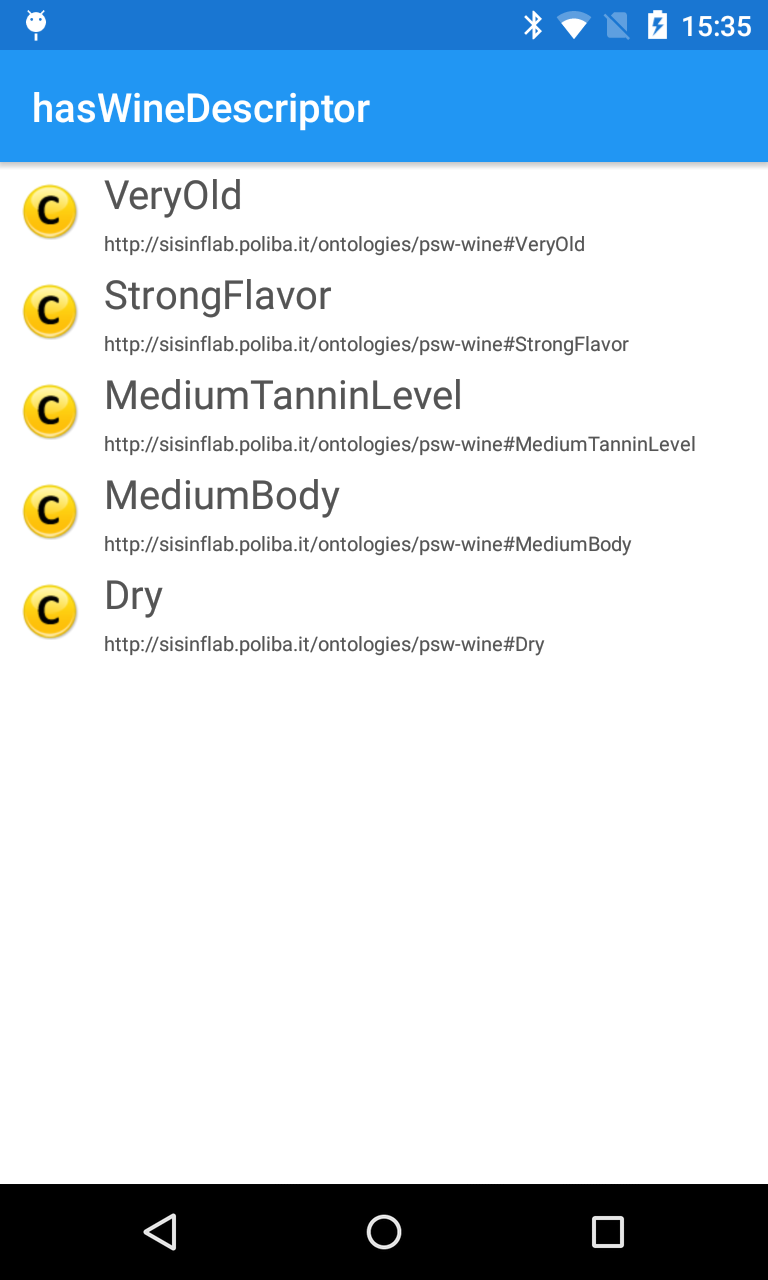
Stage 2. Physical Semantic Web
PSW beacons are now detected. Exposed annotations contain both a description of the wine and information about the conservation status of the bottle
Annotations shown in relevance order by means of a semantic-based utility function
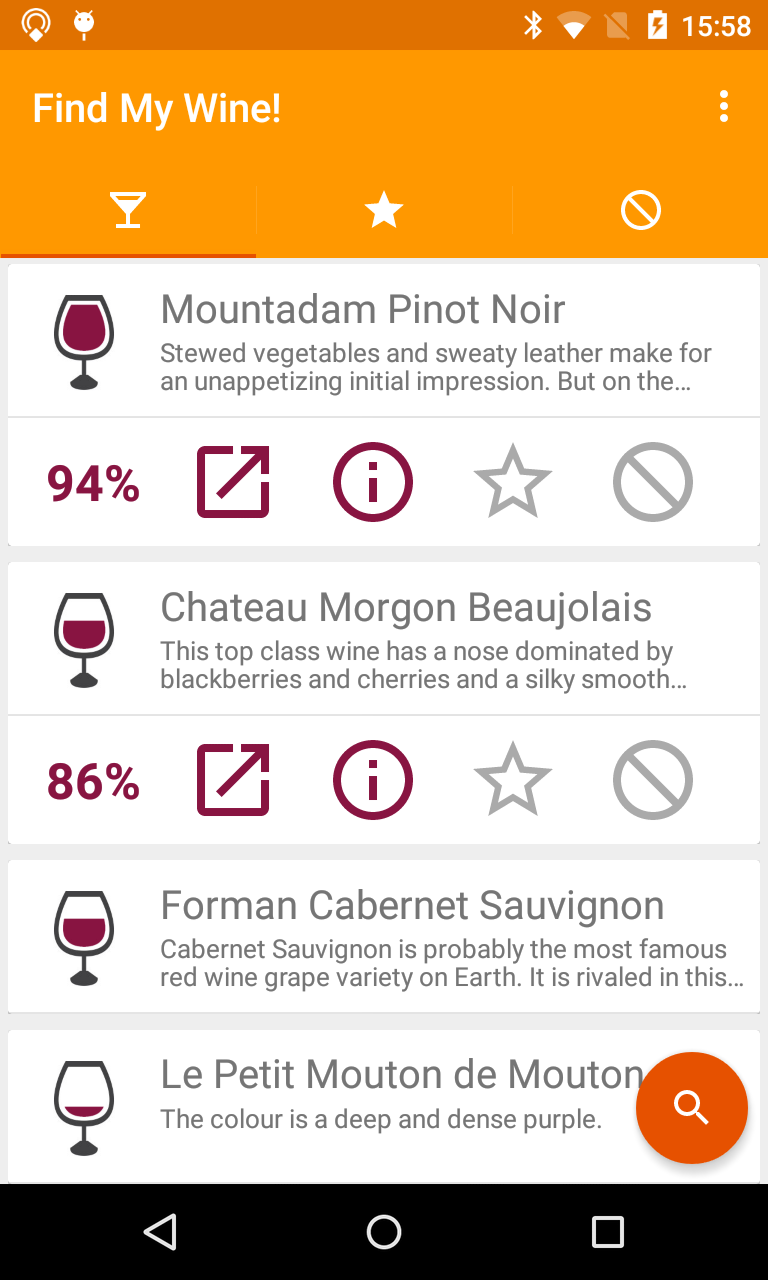
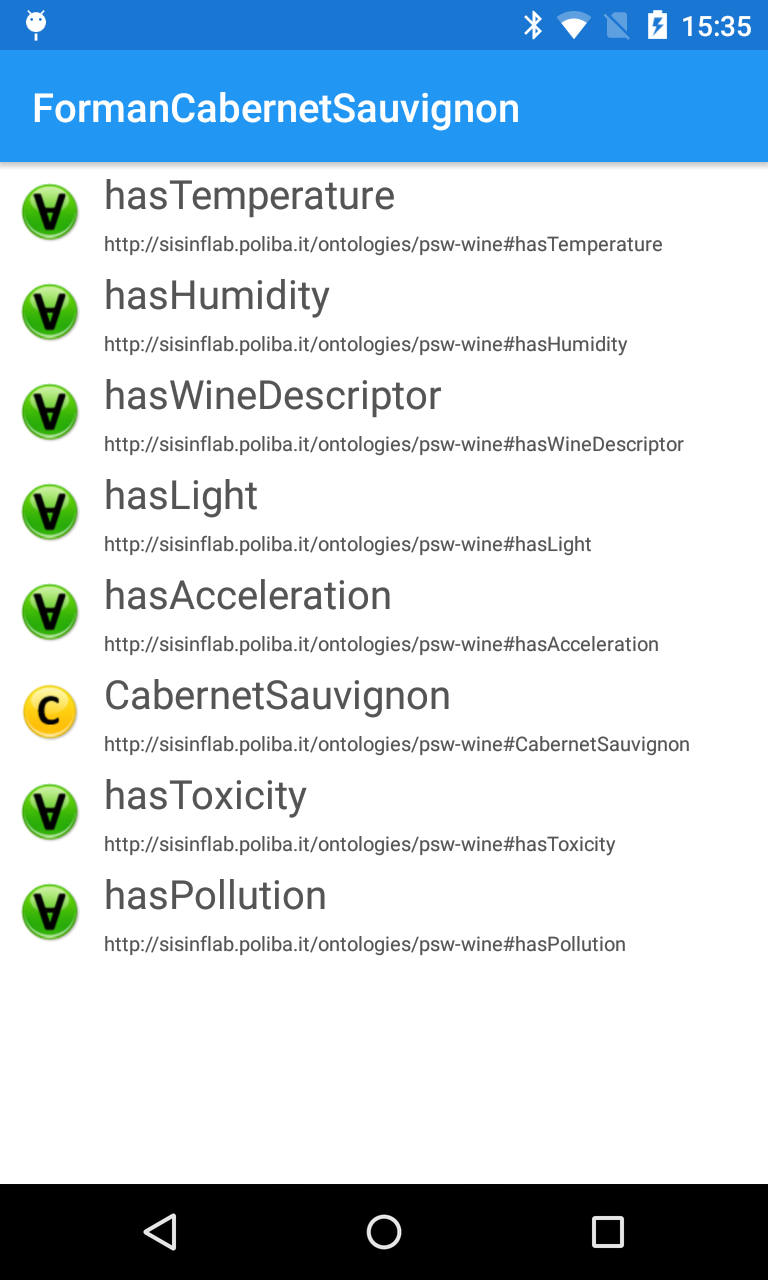
Stage 2. Physical Semantic Web
Selecting a beacon, the user can open the related web page or show the wine description
Matchmaking explaination also available, i.e. missing and incompatible features between the wine annotation and the user request
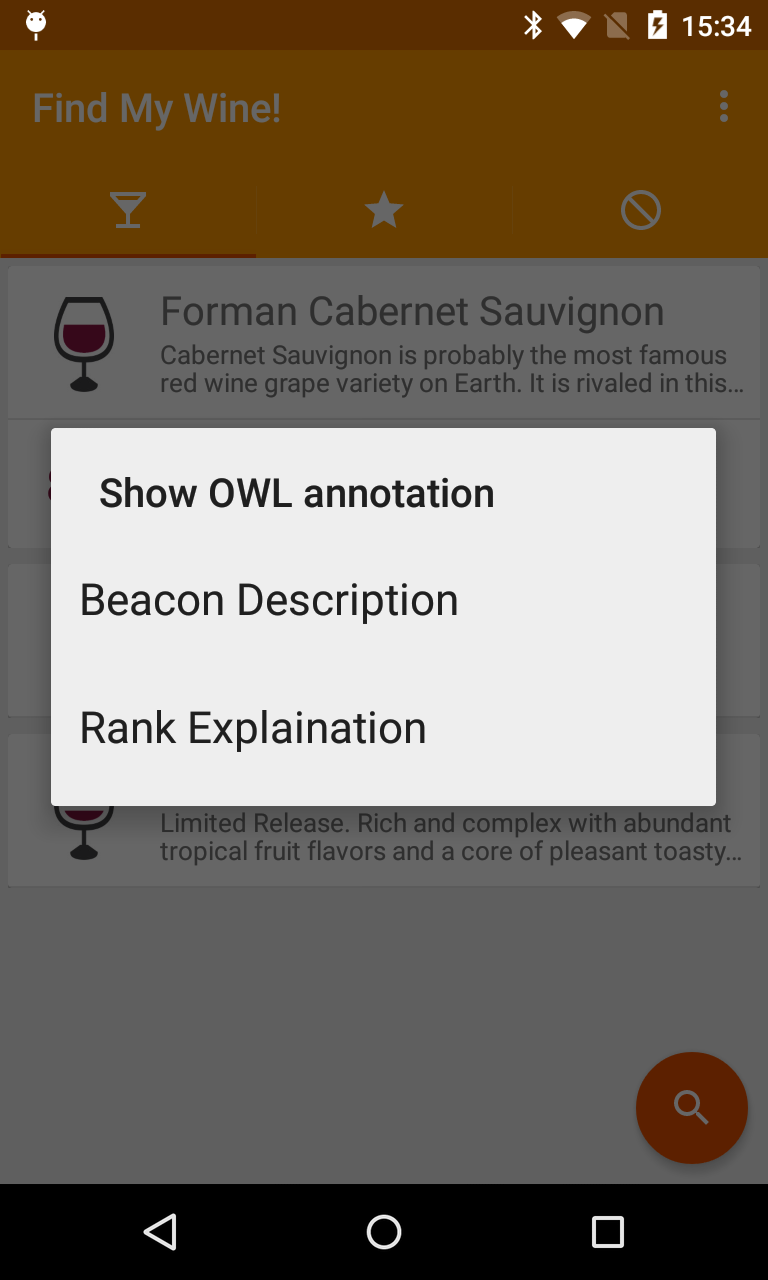
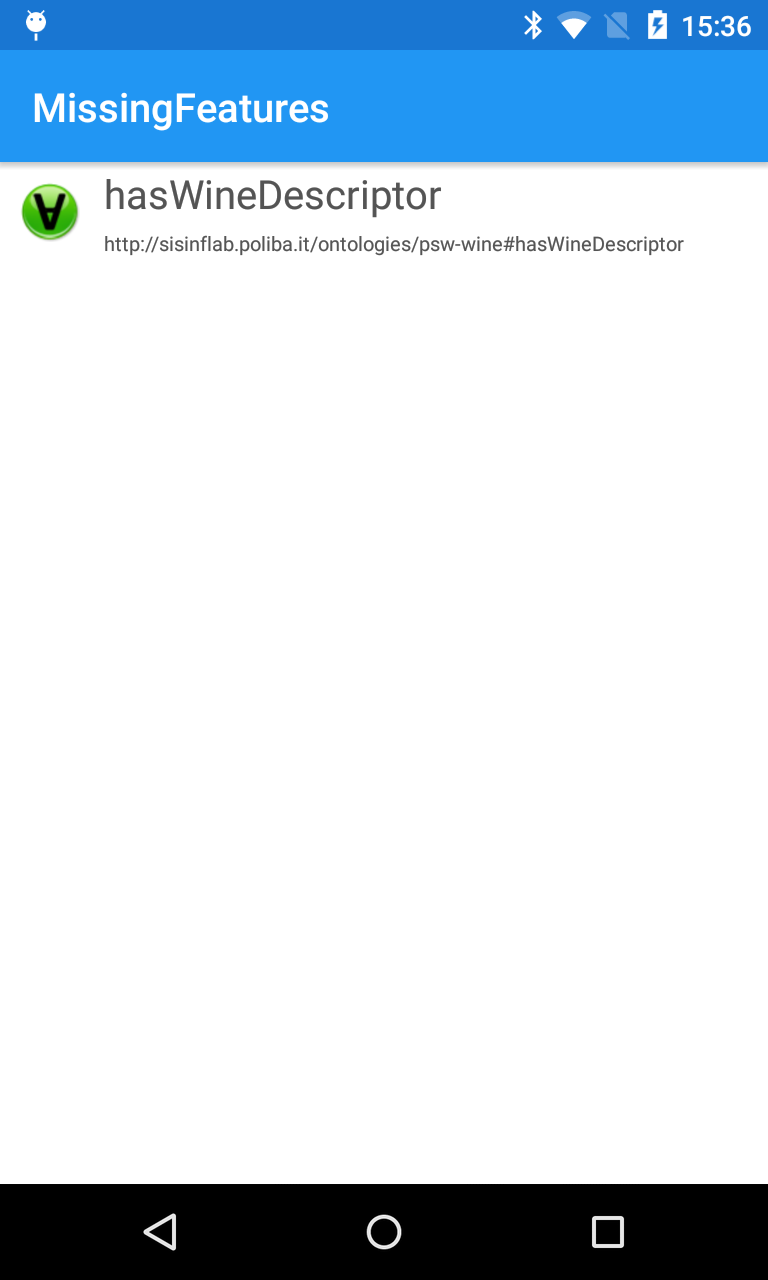
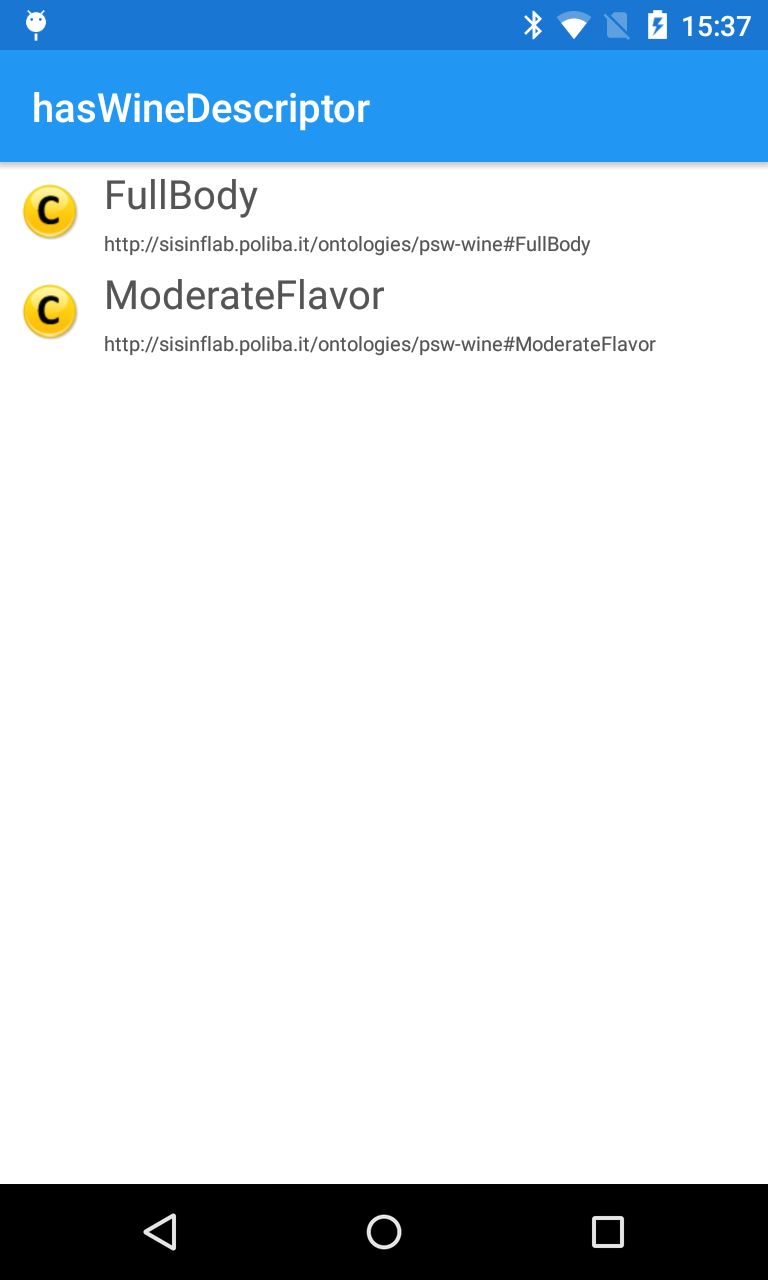
Stage 3. Advanced PSW features
PSW beacon descriptions changing dynamically due to environmental events (e.g, low temperature, high humidity)
Descriptions are updated and the quality of the wine decreases on the next discovery round

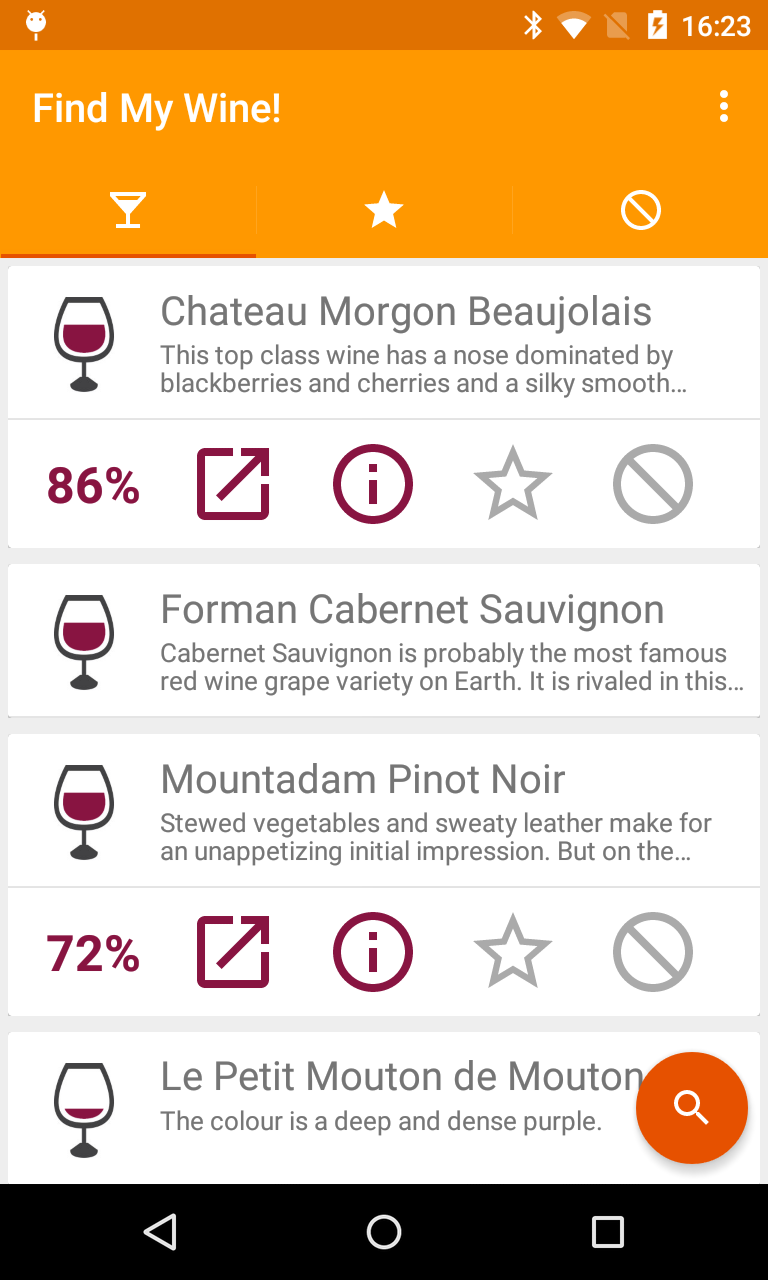
Stage 3. Advanced PSW features
The mobile app also creates a list of visited, favorite or spam beacons
Final rank of such beacons will be increased or decreased accordingly

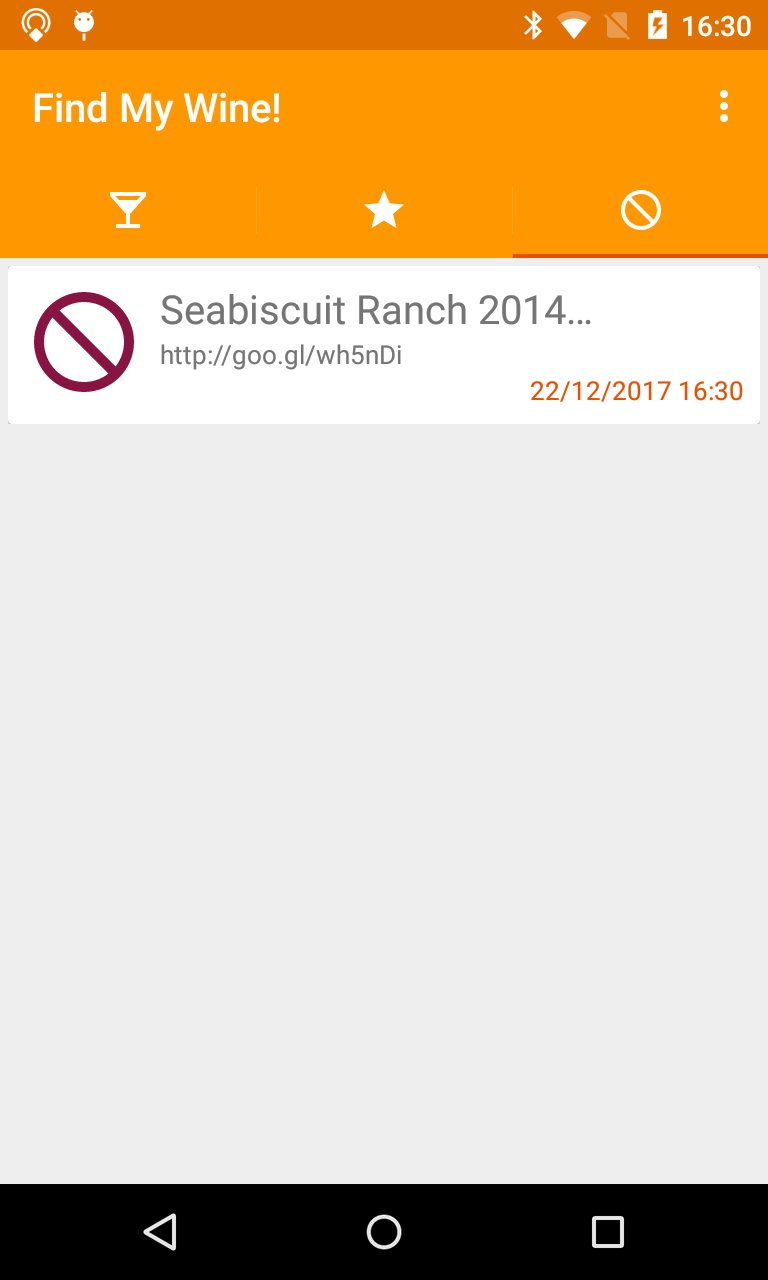
Stage 4. Infrastructureless PSW
Phone networks signal or Wi-Fi Internet connection not available in the winery
In the Physical Web, a connection is always required to retrieve data from the web
In the PSW, exploiting UID frames, knowledge exchange can also occur through point-to-point connectivity
PSW allows chaching OWL annotations retrieved from detected objects for a limited time
Demo Video
The video highlights all presented PSW features
Physical Semantic Web
Main contribution
- enhanced Google Physical Web framework
- knowledge sharing and discovery for real-world smart objects
- annotation based on machine-understandable languages (RDF, OWL)
- novel Eddystone frame types to support annotations exchange
- semantic-based matchmaking for ranking beacon annotations
- discovery process performed autonomously by device agents
- PSW project publicly released as open source on GitHub
More info about the PSW
Project web page
http://sisinflab.poliba.it/swottools/physicalwebGitHub repository
http://github.com/sisinflab-swot/physical-semantic-webAwards
Selected for the Google Internet of Things (IoT) Technology Research Award in March 2016

Developed By
SWoT Team @SisInfLab Research Group
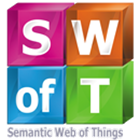

Polytechnic University of Bari (Italy)
